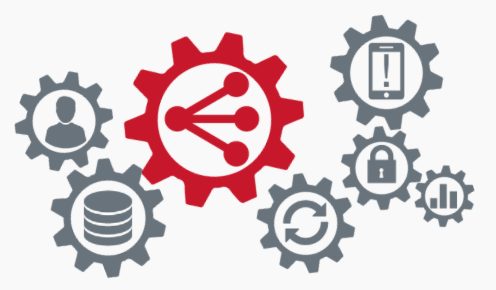I had the opportunity to speak with Todd Greene, founder and CEO of PubNub about real-time data streams. The company is about 5 years old and offers almost instant access to data for social applications, gaming, home automation and automotive customers.
Let’s start with what PubNub does and how they do it. Think of them as a CDN for real-time data streams. It works across multiple industries and has 14 data centers deployed globally – France, Ireland, Japan, Brazil and the United States, to name a few – with customers in over 60 countries. With over 1,000 customers, PubNub provides the ability to share data anywhere in the world in under one second. In the past, data streams flowed through a centralized “data base” (for descriptive purposes) limiting the speed that could be accomplished due to the latency of having to traverse the full network back and forth to that central location.
PubNub is currently supporting over 200 million devices and 3 million transactions per minute, or 130,000 transactions per second. A huge company with internal resources and access to substantial funding is likely already solving this problem on its own. But if not, this could be a solution for a company to utilize one of the 50 SDKs PubNub supports and get the data flowing in real time.
Let’s consider the “Internet of Things,” which is where this gets really interesting. PubNub has been working with home-automation and automotive-industry players on these topics. In the home-automation space there are five key considerations – signaling, security, presence detection, power consumption and bandwidth. Some factors to consider for each of these at the highest level:
- When sending information bi-directionally, it is important that there is routing between the devices to ensure that the data reaches its destination in a timely fashion and doesn’t get bogged down by taking the longer route to where it needs to go.
- Authorization, open port management and encryption are vital for security. How do you ensure that commands are coming from a trusted source and ports are only open to external access for the shortest amount of time required?
- Do you know if your IoT device has dropped off the network and isn’t receiving or sending important data? This is presence detection.
- Battery drain and power consumption are key topics for IoT devices. Constantly draining batteries or expensive power usage isn’t going to help IoT become more widely adopted.
- As important as power consumption is, bandwidth consumption is also important. Data traversing a mobile network can become costly if a great deal of bandwidth is required. Who pays for this – the end-user or the IoT service provider?

The issues in the automotive space are very similar, only the “device” is much larger. Today, the connected car focus is more along the lines of fleet management tools. Vehicle location and state, geo-fencing, dispatch and real-time messaging for delivery and taxi services. But I can see the opportunity to assist with vehicle-to-vehicle and vehicle-to-infrastructure applications in the future given the real-time nature of their solution.
Like what you read? Follow me on twitter!
Claudia Bacco, Managing Director – EMEA for RCR Wireless News, has spent her entire career in telecom, IT and security. Having experience as an operator, software and hardware vendor and as a well-known industry analyst, she has many opinions on the market. She’ll be sharing those opinions along with ongoing trend analysis for RCR Wireless News.

